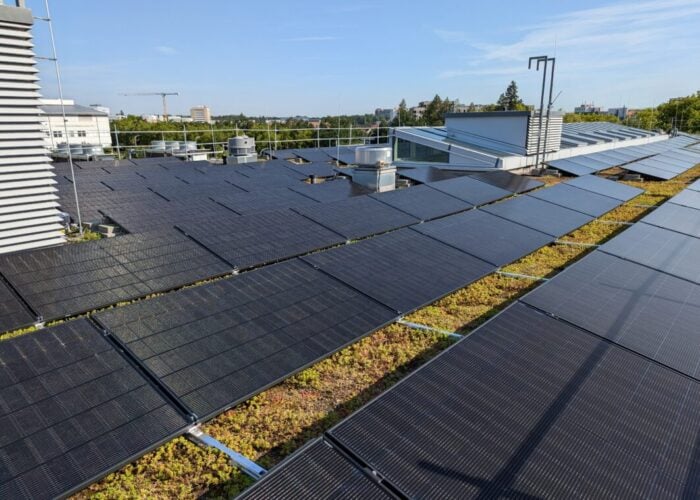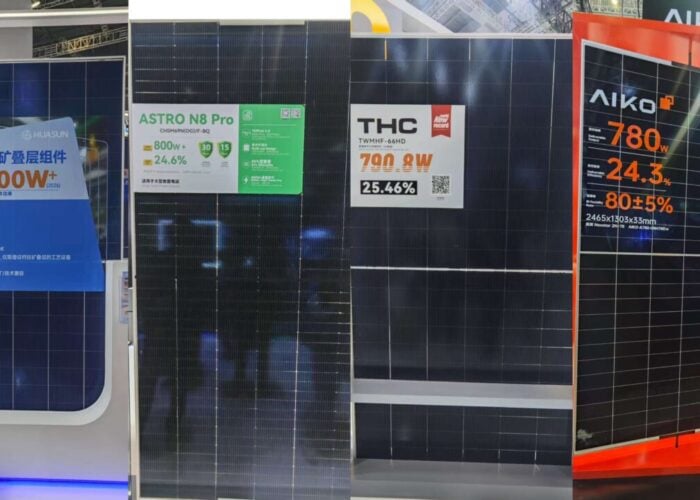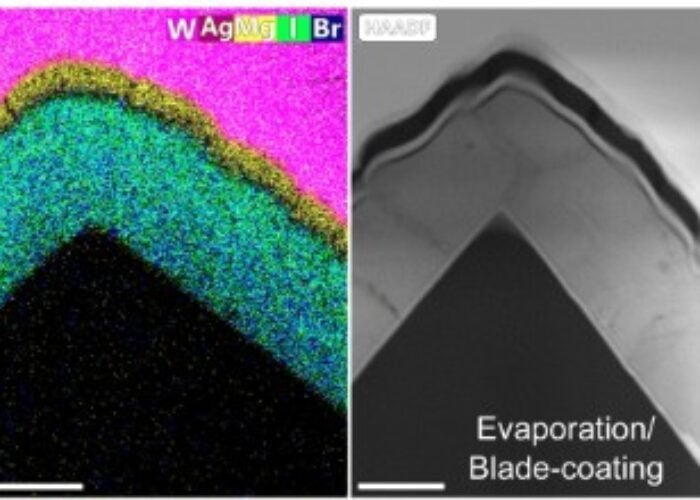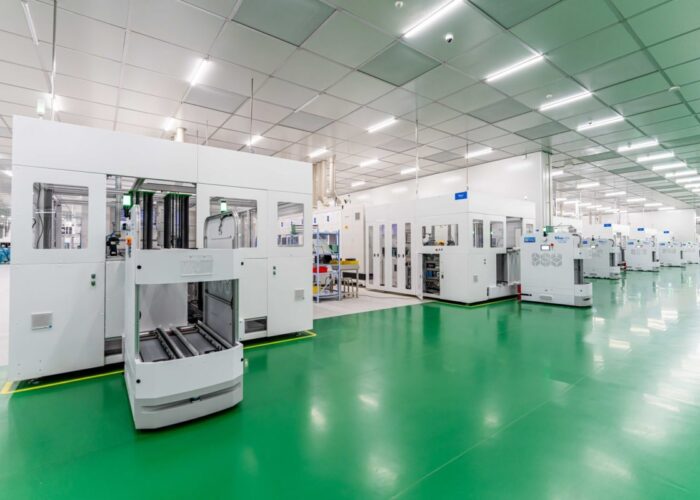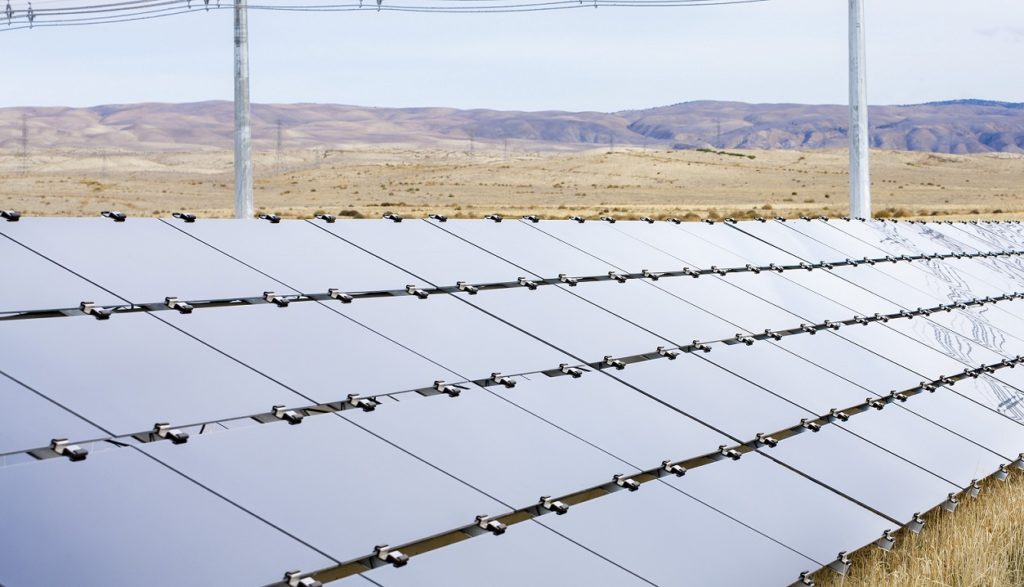
Thin-film technologies such as cadmium telluride (CdTe) and perovskites can markedly reduce the carbon intensity of PV compared with silicon alternatives, according to researchers at the US National Renewable Energy Laboratory (NREL).
In a paper titled ‘Embodied Energy and Carbon from the Manufacture of Cadmium Telluride and Silicon Photovoltaics’, the team found that PV technology type and manufacturing location both have a major impact on embodied carbon.
Unlock unlimited access for 12 whole months of distinctive global analysis
Photovoltaics International is now included.
- Regular insight and analysis of the industry’s biggest developments
- In-depth interviews with the industry’s leading figures
- Unlimited digital access to the PV Tech Power journal catalogue
- Unlimited digital access to the Photovoltaics International journal catalogue
- Access to more than 1,000 technical papers
- Discounts on Solar Media’s portfolio of events, in-person and virtual
Any actions leading to an increased deployment of thin-film PV and/or a significant decrease in the deployed PV’s embodied carbon through changing the manufacturing grid mix have demonstrable value in helping the world stay within its remaining estimated carbon budget, the study noted.
To understand the overall impact of solar technologies on global decarbonisation goals, the researchers looked beyond traditional metrics like cost, performance and reliability. They evaluated embodied energy and carbon – the sunk energy and carbon emissions involved in manufacturing a PV module – as well as the energy payback time (the time it takes a PV system to generate the same amount of energy as was required to produce it).
“Most advances have been driven by cost and efficiency because those metrics are easy to evaluate,” said Matthew Reese, a physics researcher at NREL. “But if part of our goal is to decarbonise, then it makes sense to look at the bigger picture. There is certainly a benefit to trying to push efficiencies, but other factors are also influential when it comes to decarbonization efforts.”
While silicon PV currently dominates the market, thin-film PV technologies like CdTe and perovskites provide a path to reducing carbon intensity by a factor of two, according to the research.
By looking at present-day grid mixes in countries that manufacture solar, the team also found that manufacturing with a cleaner energy mix – compared to using a coal-heavy mix – can reduce emissions by another factor of two.
The authors’ hope is that by illustrating the scale of the problem, their paper will cause people to take another look at the potential use of thin-film PV technologies and manufacturing with clean grid mixes.
“One of the big strengths of PV is that it has this positive feedback loop,” said Nancy Haegel, director of NREL’s Materials Science Center. “As we clean up the grid – in part by adding more PV to the grid – PV manufacturing will become cleaner, in turn making PV an even better product.”
The findings tally with research published by trade body SolarPower Europe last year, which said thin-film PV lifecycle emissions “are significantly lower than in silicon-based PV products”. This is due to a lower amount of energy needed for the upstream processing of raw materials compared with silicon-based PV products and a low amount of semiconductor material required to make modules.
Industry-wide efforts to decarbonise PV manufacturing and deployment were explored in a recent PV Tech feature. Michael Parr, executive director of the Ultra Low-Carbon Solar Alliance, said at the time: “The quickest way to have a lower carbon footprint in solar manufacturing is to build your facility in a geography with a relatively decarbonised grid.”



